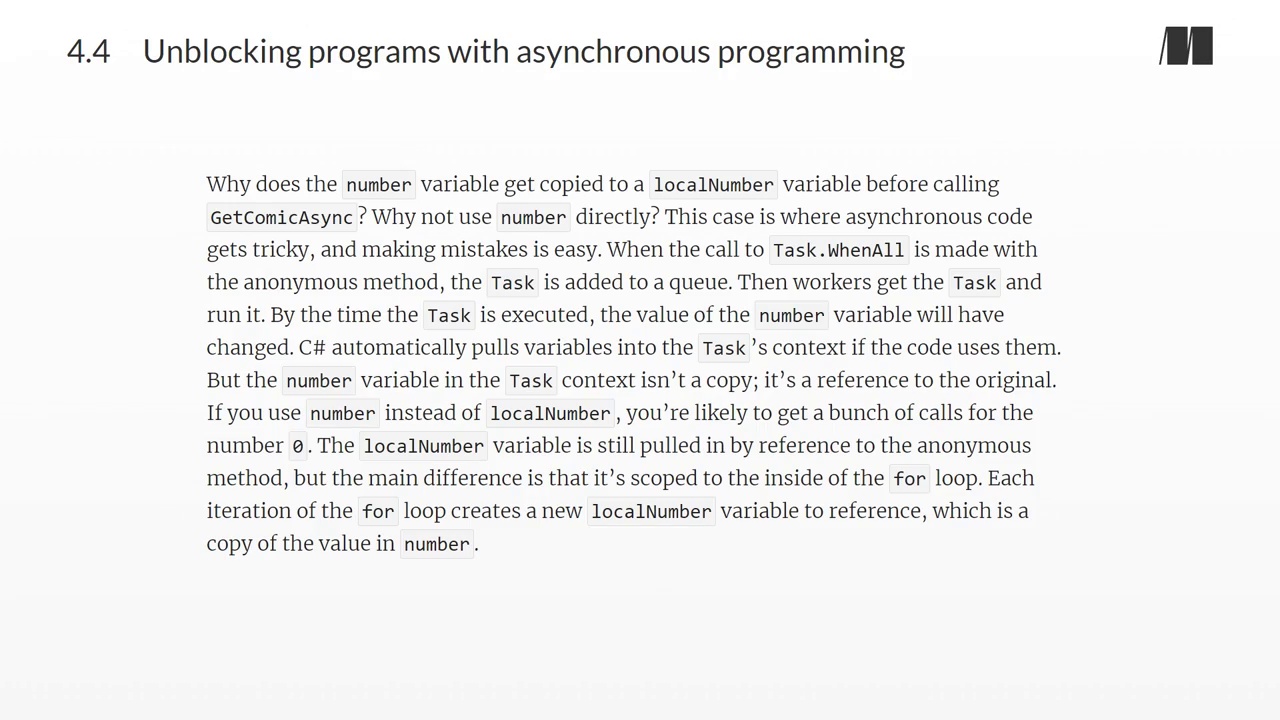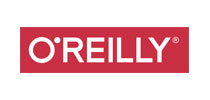Appendix A. A brief introduction to ASP.NET Core
Appendix A. .NET 56 and the late majority
Appendix A. .NET history
Appendix B. Setting up your development environment
Appendix C. Blazor
Appendix C. MAUI and Blazor
Appendix D. The async state machine
Appendix E. Testing internal members
Appendix F. Collections
Appendix F. xUnit supplement
Chapter 1. Summary
Chapter 1. What is in the .NET runtime
Chapter 1. What will I learn from this book
Chapter 1. When to use .NET
Chapter 1. Where is .NET used
Chapter 1. Why .NET
Chapter 2. Building and running
Chapter 2. Building a console application
Chapter 2. C properties
Chapter 2. Global using statements
Chapter 2. Handling more command-line arguments
Chapter 2. Namespaces and conventions
Chapter 2. Static using statements
Chapter 2. Summary
Chapter 2. Writing code
Chapter 3. Creating web ser vices and applications with ASP.NET Core
Chapter 3. Summary
Chapter 3. Web applications
Chapter 4. File and network IO
Chapter 4. Making HTTP requests
Chapter 4. Summary
Chapter 4. Unblocking programs with asynchronous programming
Chapter 4. Working with JSON
Chapter 5. Accessing data asynchronously
Chapter 5. Building your first EF Core application
Chapter 5. Exposing your API via SwaggerOpenAPI
Chapter 5. Summary
Chapter 5. Using EF Core with ASP.NET Core
Chapter 5. Using Entity Framework Core with relational databases
Chapter 6. An example test application Sodoku
Chapter 6. Building your first xUnit test project
Chapter 6. Fact tests
Chapter 6. SOLID principles
Chapter 6. Summary
Chapter 6. Theory tests
Chapter 6. Unit-testing fundamentals
Chapter 7. Finding easier ways to write large strings
Chapter 7. Replacing dependencies with fakes
Chapter 7. Substituting dependencies in tests
Chapter 7. Summary
Chapter 7. Testing code that uses Streams
Chapter 8. Broader integration tests
Chapter 8. Integration testing
Chapter 8. Integration-testing ASP.NET Core APIs
Chapter 8. Summary
Chapter 8. Testing HTTP calls
Chapter 8. Testing with an in-memory database
Chapter 9. ASP.NET Core Identity
Chapter 9. Authorization
Chapter 9. Checking for SQL injection vulnerability
Chapter 9. Security
Chapter 9. Setting up HTTPS
Chapter 9. Summary
Chapter 9. Threat modeling
Chapter 10. Introduction to BenchmarkDotNet
Chapter 10. Performance and profiling
Chapter 10. Profiles
Chapter 10. Summary
Chapter 10. Web performance testing
Chapter 11. EF Core
Chapter 11. Handling failures
Chapter 11. Polly
Chapter 11. Summary
Chapter 12. ASP.NET Core s built-in culture support
Chapter 12. Adding resource languages
Chapter 12. Building world-ready applications
Chapter 12. Getting resource strings
Chapter 12. Internationalization
Chapter 12. Summary
Chapter 13. Building a container image
Chapter 13. Configuration
Chapter 13. Container landscape
Chapter 13. Secrets
Chapter 13. Summary
Chapter 13. Working with containers
Part 1. The basics
Part 2. Data
Part 3. Testing
Part 4. Getting ready for release

